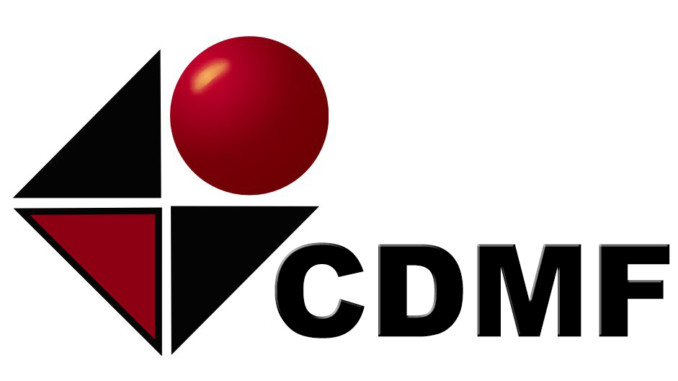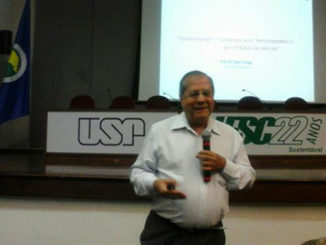
Molecular Precursor Derived Ceramics and Layered Composites for Energy Storage Devices
Data: 08 /06/2017 – (quinta-feira) Horário: 16 horas
Local: Sala 1 – DQ/UFSCar
Dr. Gurpreet Singh
Associate Professor, Mechanical and Nuclear Engineering department, Kansas State University, Manhattan, KS, USA
Observação: Possibilidade de intercambio para alunos de Pós-Graduação
Resumo: Precursor-derived ceramics are high temperature glasses derived from pyrolysis of organosilicon polymers. Silicon carbonitride (Si-C-N) and Silicon oxycarbide (Si-O-C) are the two most commonly studied systems in this class. Hallmark of these materials is their unique three-phase amorphous structure that consists of nanometer size domains of SiC, Si3N4 (or SiO2) and the disordered carbon phase. Studies have shown that such domains only exist in ceramics prepared via the polymer pyrolysis route. Furthermore, the size and distribution of the carbon phase in the ceramic may be manipulated by modifications to the molecular structure of the pre-ceramic polymer and pyrolysis conditions that allows control over the optical, electrical, electrochemical, and thermal properties of the ceramic. Additional tuning in ceramic properties is possible by elemental doping and/ or chemical interfacing of pre-ceramic polymer with nano-fillers. Focus of this talk will be on our recent efforts to interface 2-D materials (graphene, transition metal dichalcogenides) with precursor- derived ceramics to produce layered composite structures. We show that these hybrids are best suited as flexible and bendable electrodes for extreme power density/long cycle/high cycling efficiency rechargeable batteries and supercapacitors.




